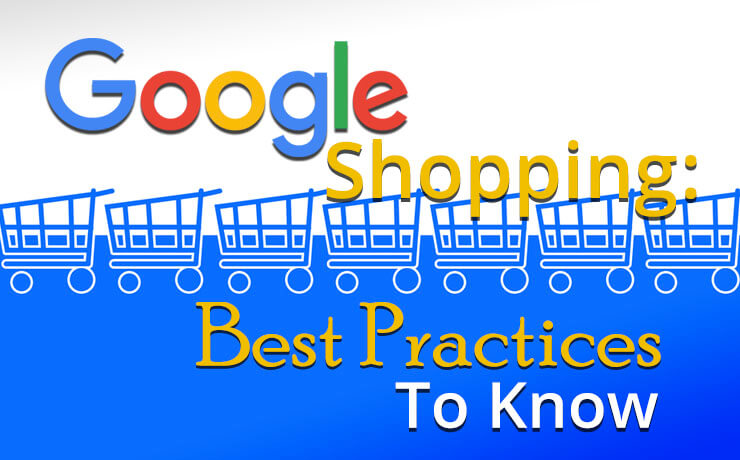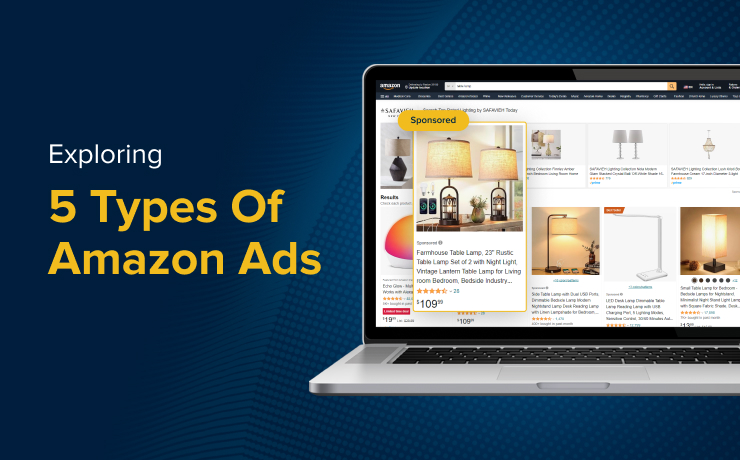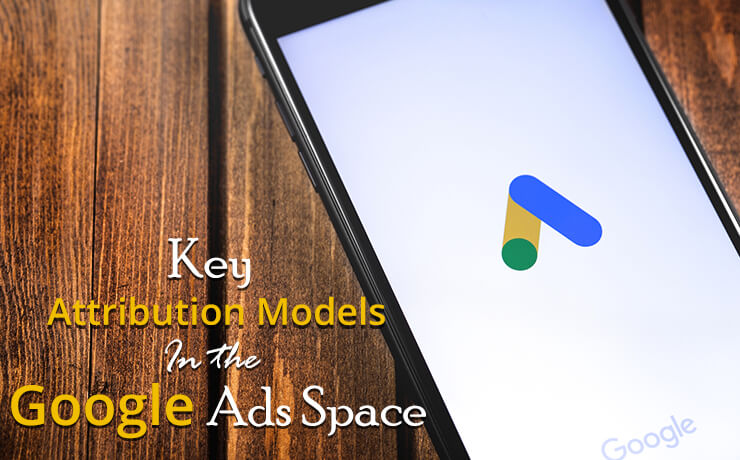Google Shopping: Best Practices To Know

Chad Faith
Director of Content

Former aliases of Google Shopping included Froogle, Google Products, and Google Product Search. Regardless, it is designed to feature products on online merchant sites and allow users to compare prices between different vendors. Google Shopping ads are leading traffic sources that can give you the ultimate edge in a competitive landscape. That’s why it pays to familiarize yourself with the best practices when it comes to using it, and if you want to consistently attract new customers at an affordable cost. Let’s find out more!
Adding RLSAs and Hour Segmentation
You may want to consider using remarketing lists for search ads because people who have previously visited your site are considerably more likely to convert into paying customers. By adding RLSAs to your shopping campaigns, you can increase bids and display your Google Shopping ads to them.
Next, your Google Shopping ads’ performances tend to vary by hour of the day and the day of the week. If you wish to maximize your performance, you should remember to change bids 24 times per day. You may even utilize a bidding script to decrease bids at poor performing times and increase them at high performance times.
Segmenting Products by their IDs and Adding Keywords to Product Titles
Due to different products having varying costs and profit margins, you need to set different bids for each of them if you are looking to maximize your performance. With that, you can segment your Google Shopping feeds by applying individual product IDs.
Why should you add keywords to your product titles? To generate more impressions for that particular keyword of course! You need to remember that a product title is an essential part of your product feed to optimize. Let’s say you are currently retailing ripped jeans. As you also have a denim jeans section on your site, you can increase search query impressions related to denim jeans by altering said product title from “Ripped Slim Fit Jeans – Indigo” to “Denim Jeans Indigo Blue Ripped.”
Make Sure Your Products are Competitively Priced
Your success with Google Shopping depends on your willingness to keep your pricing competitive. Studies have shown that competitively priced products have the ability to generate significantly more clicks and conversions. If you placed similar products on your feed; one cheaper than the other, you will quickly discover that the cheaper item generates much more traffic.
Segment Shopping Campaigns by Intention and Subject Bids to Extensive Testing
It is no surprise to find that branded searches perform differently from their non-branded counterparts when it comes to Google Shopping. One way to maximize performance is to create two different campaigns, capture each other’s branded terms, and then add them as negative keywords in the channel of your choice. Once you find out all the best performing queries, you can bid higher.
Speaking of which, you need to remember that bidding experiences more volatility in Google Shopping than in Google Search Network. That’s why it is always a smart idea to test your bids extensively.
 Free
Consultation
Free
Consultation Free
Google Ads Audit
Free
Google Ads Audit







